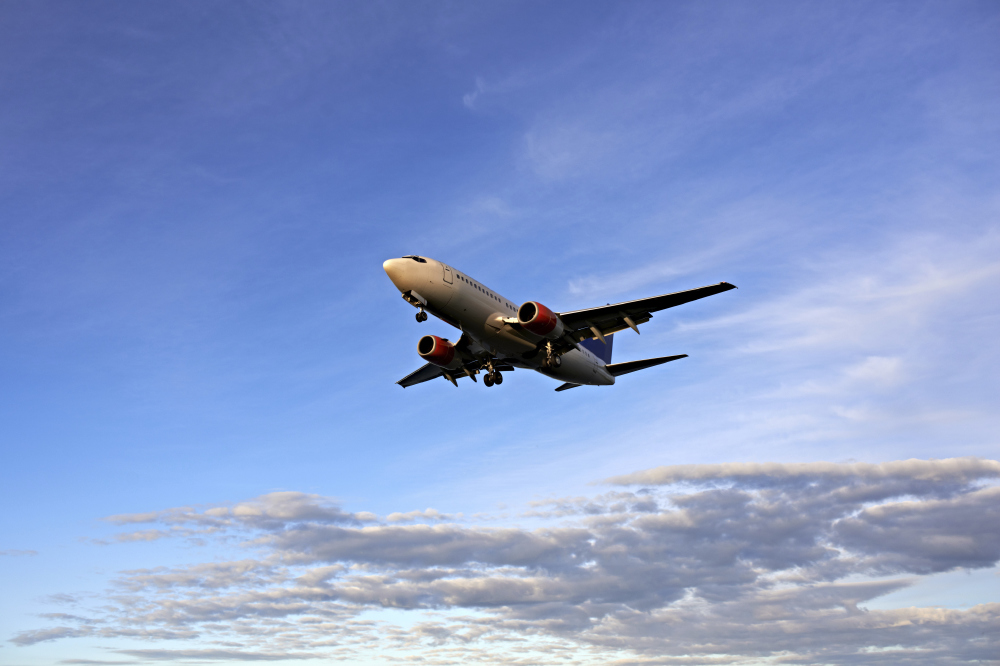What is altitude sickness?
In simple terms, altitude sickness is your body's response to the changes in air pressure that are experienced the higher you get from sea level. It is more likely to occur if you ascend too quickly and do not take the necessary precautions while ascending, such as taking the time to acclimatise to the change in height.

Suffer from Altitude sickness
The most common form of the condition is acute mountain sickness (AMS). Severe forms of altitude sickness, known as high-altitude pulmonary oedema (HAPO) and high-altitude cerebral oedema (HACO), can be extremely dangerous.
What causes altitude sickness?
When you ascend to high altitudes, the air pressure becomes lower than it is at and near sea level. This means that the air is thinner and you are not able to breathe in the same amount of oxygen as before, meaning there is less oxygen reaching your bloodstream. Your body responds to this by increasing your pulse rate and your breathing to ensure an adequate supply of oxygen is supplied throughout your body. The decreased intake of oxygen also causes changes in the acidity of your blood, a disturbance to the balance of electrolytes or fluid and increased pressure in lung circulation.
What are the symptoms?
The first symptoms are usually noticeable about six hours after you have reached a point of high altitude. Common symptoms include nausea, tiredness, some shortness of breath, headache and unsteadiness. More severe altitude sickness can result in chest pain and vomiting, in addition to the aforementioned symptoms.

Preventing altitude sickness
It is extremely important to be completely prepared when ascending to high altitudes, as failing to do so will put you at risk of experiencing extremely serious consequences. You should bear in mind that anyone is at risk of altitude sickness, even those people who are very fit and have ascended to high altitude before. It is important to ascend slowly, over several days, taking the time to acclimatise to higher altitudes. You should eat foods high in carbohydrates and drink plenty of fluids.
There are treatments you can take to help prevent altitude sickness symptoms occurring, such as medications like Diamox which contain acetazolamide. It is important to note that no medication is a substitute for acclimatisation, and it is essential to follow the appropriate steps when ascending to high altitudes.
Finding treatment
This condition can be extremely serious, so it is important to take the time to acclimatise at high altitudes. If you begin experiencing symptoms, do not attempt to ascend further until you are certain that the symptoms have passed. If necessary, you should descend to a lower altitude. In most cases, it will take up to three days for your body to become used to a new altitude, which is why it is so important to ascend slowly. It is usually sufficient to treat mild symptoms with rest, fluids and painkillers. Some medications can also be prescribed to help treat symptoms.
Buying altitude sickness treatments online
If you would like to buy a treatment that can help to prevent symptoms of altitude sickness, it is possible to buy Diamox online here at HealthExpress. We ask that you complete an online consultation if you would like to do this, to ensure that the medication will be effective and safe for you to use. A doctor will review your consultation and make a recommendation based on this information. You will then be able to place your order.

